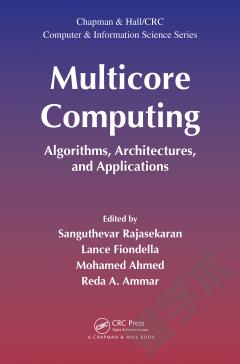Architecture and Security Issues in Fog Computing Applications
As the progression of the internet continues, society is finding easier, quicker ways of simplifying their needs with the use of technology. With the growth of lightweight devices, such as smart phones and wearable devices, highly configured hardware is in heightened demand in order to process the large amounts of raw data that are acquired. Connecting these devices to fog computing can reduce bandwidth and latency for data transmission when associated with centralized cloud solutions and uses machine learning algorithms to handle large amounts of raw data. The risks that accompany this advancing technology, however, have yet to be explored. Architecture and Security Issues in Fog Computing Applications is a pivotal reference source that provides vital research on the architectural complications of fog processing and focuses on security and privacy issues in intelligent fog applications. While highlighting topics such as machine learning, cyber-physical systems, and security applications, this publication explores the architecture of intelligent fog applications enabled with machine learning. This book is ideally designed for IT specialists, software developers, security analysts, software engineers, academicians, students, and researchers seeking current research on network security and wireless systems.
{{comment.content}}








 京公网安备 11010802027623号
京公网安备 11010802027623号